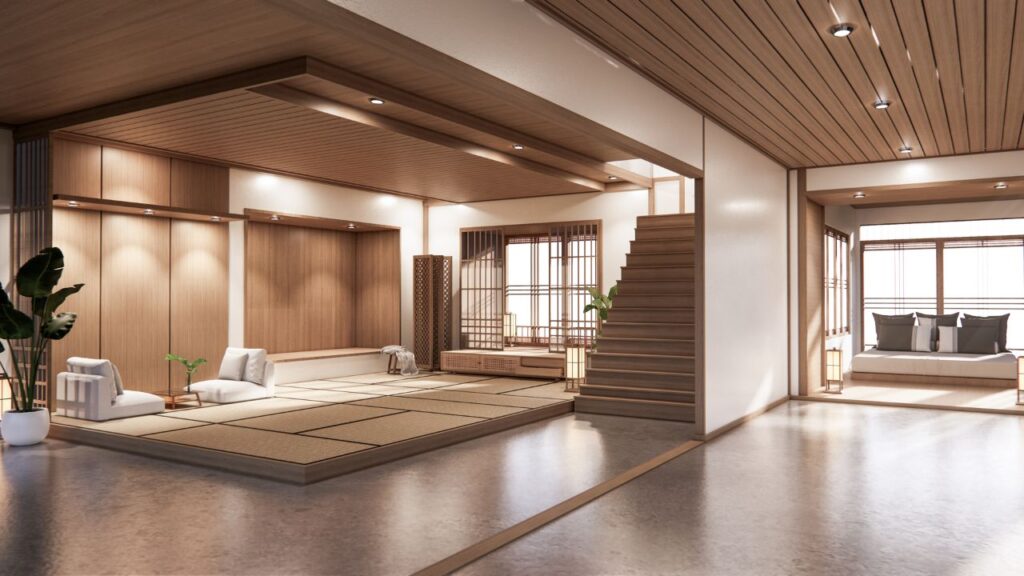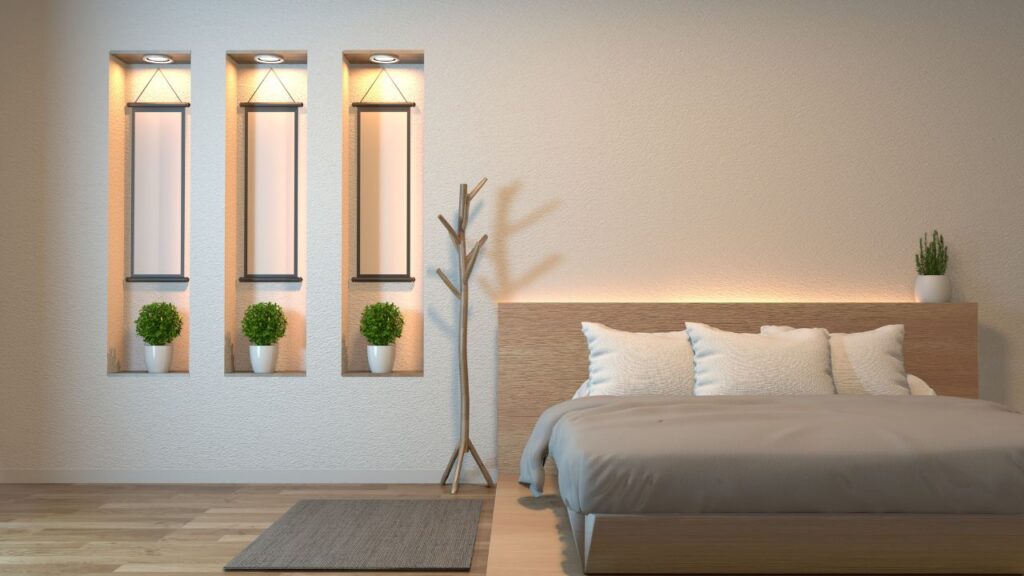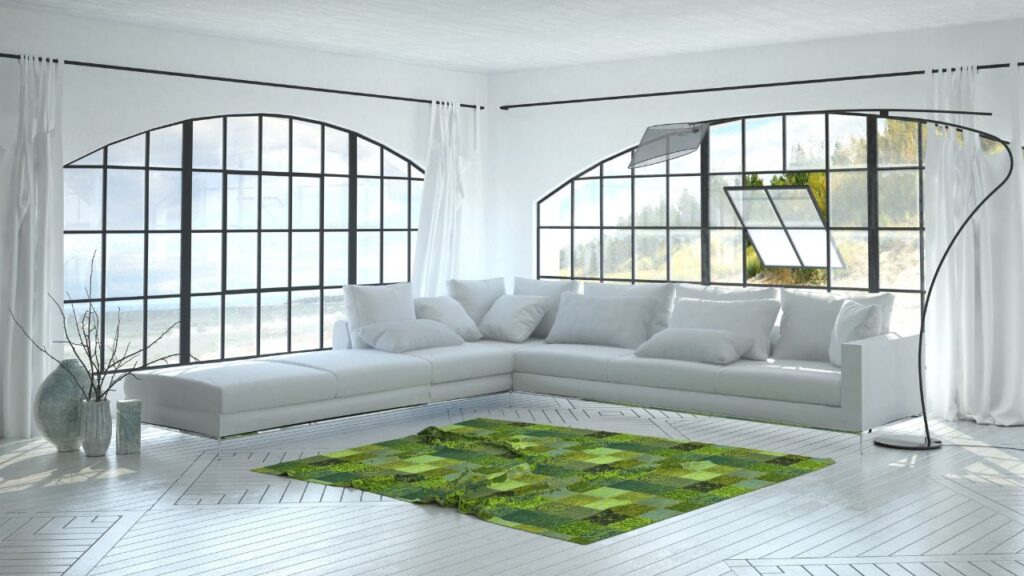Custom Designs
Affordable Pricing
Warranty - 10 Years
On time Delivery
Table Of Contents:
When it comes to creating a harmonious and appealing living space, colour plays a pivotal role. Homeowners often turn to professionals in the field of Home Interior Design to craft environments that are not only aesthetically pleasing but also emotionally enriching. In this exploration of colour psychology’s role in Home Interior Design, we’ll delve into the fascinating interplay of colours, emotions, and spaces.
Furniture is not merely functional; it’s an extension of your lifestyle and needs. If you’re an avid reader, envision a cozy reading nook bathed in natural light. For those who love hosting gatherings, an expansive dining area or ample seating arrangements may take precedence. Personalize your furniture choices to make your space both practical and stylish.
Let’s develop a clear idea of what Home Interior Design comprises before we delve into the area of colour psychology. Home interior design is the practise of enhancing a home’s internal areas to make them more visually pleasant, practical, and conducive to the lifestyle of the homeowners. It consists of an extensive variety of elements, including the furniture selection, the floor plan design, the lighting, and, of course, the colour palette.
Home Interior Design goes beyond mere aesthetics; it has a big impact on our daily lives. Well-designed interiors can elevate our moods, enhance our productivity, and contribute to our overall well-being. Thus, the choice of colours in interior design is not just about appearances; it’s about creating an environment that feels right.
Colour psychology is a field of study that explores how colours influence human emotions, behaviour, and mood. It’s a discipline that has been extensively researched and applied in various industries, including marketing, branding, and, significantly, Home Interior Design.
Different colours can evoke specific emotions and reactions. Understanding these colour associations is fundamental to selecting the right hues for a space:
Color | Emotion/Effect |
Red | Energy, Passion |
Orange | Warmth, Enthusiasm |
Yellow | Joy, Optimism |
Green | Harmony, Relaxation |
Blue | Calm, Trust |
Purple | Creativity, Luxury |
Pink | Affection, Playfulness |
Brown | Stability, Warmth |
Gray | Neutrality, Balance |
White | Purity, Simplicity |
Black | Elegance, Mystery |
One of the fundamental goals of Home Interior Design is to create harmony within a space. Colour psychology helps in achieving this balance.
In-Home Interior Design, colour schemes are carefully chosen to create visual balance and harmony. There are several popular colour schemes:
This scheme involves using different shades and tones of a single colour. It creates a harmonious and elegant look.

Analogous colour schemes involve combining colours that are adjacent to each other on the colour wheel. This creates a cohesive and pleasing effect.
Complementary colour schemes use colours from opposite sides of the colour wheel. They create a dynamic and contrasting atmosphere.

Triadic colour schemes select three colours that are evenly spaced on the colour wheel. This results in a vibrant and balanced look. These colour schemes serve as a foundation for creating visually appealing interiors that resonate with the occupants.
Colour has the extraordinary ability to evoke a wide range of emotions, and Home Interior Designers harness this power to craft spaces that cater to the emotional needs of their clients.
In spaces where relaxation is paramount, such as bedrooms and living rooms, cool and calming colours like soft blues and muted greens are often used. These hues promote serenity and restfulness.

For areas where creativity and inspiration are sought, such as home offices or creative studios, vibrant and stimulating colours like energetic yellows and invigorating reds can be incorporated to boost productivity and motivation.
In spaces intended for balance and harmony, like dining rooms and family gathering areas, neutrals such as warm greys and earthy browns create a sense of coziness and togetherness.

One of the remarkable aspects of Home Interior Design is its ability to customize the experience for each individual or family. Colour choices can be tailored to match the personalities, preferences, and lifestyles of the occupants.
Home Interior Designers work closely with their clients to understand their unique preferences and aspirations. Whether it’s creating a vibrant, energetic kitchen for a family that loves to cook together or a serene, spa-like bathroom for someone seeking relaxation, the choice of colours is highly personalized.
While personalization is key, Home Interior Designers also know how to strike the right balance. They may incorporate contrasting colours to create focal points or add drama to a space without overwhelming it.
In the world of Home Interior Design, colour is the brush, and the canvas is your living space. When used thoughtfully and in alignment with colour psychology principles, it can have a transformative effect on your home and your life.
The colours in your home can set the tone for the entire atmosphere. From cozy and intimate to bold and invigorating, the mood of a room can be altered with a simple change in the colour scheme.
A well-designed interior that considers colour psychology can enhance your overall well-being. For example, calming colours in a bedroom can improve sleep quality, while vibrant colours in a workout space can boost motivation.

Your home is an extension of your personality, and Home Interior Design allows you to express yourself through colour. Whether you lean towards sophisticated neutrals or vibrant and eclectic palettes, your living space can be a true reflection of who you are.
If you’re considering a home makeover or starting from scratch, finding the right Home Interior Designer is crucial. Here are some key factors to consider:
Review their portfolio to ensure they have experience with projects similar to yours.
Effective communication is essential. Ensure you can articulate your vision, and they understand your needs.
Discuss your budget upfront to ensure it aligns with their services.
A good Home Interior Designer should be a collaborator, not a dictator. They should respect your preferences and work with your vision.
In the realm of Home Interior Design, colour isn’t just a visual choice; it’s an emotional one, and it has the power to transform your life. By understanding the principles of colour psychology and working with a skilled Home Interior Designer, you can create a harmonious, personalized sanctuary that reflects your personality, enhances your well-being, and sets the perfect tone for every room. So, when it comes to Home Interior Design, remember that colour is not just a detail; it’s a key player in the symphony of your living spaces.
Tell us about your dream house
Have you dream of a perfect dreamy house since your childhood? We Transform Your Vision into Creative Results!
Our honored clientele

























